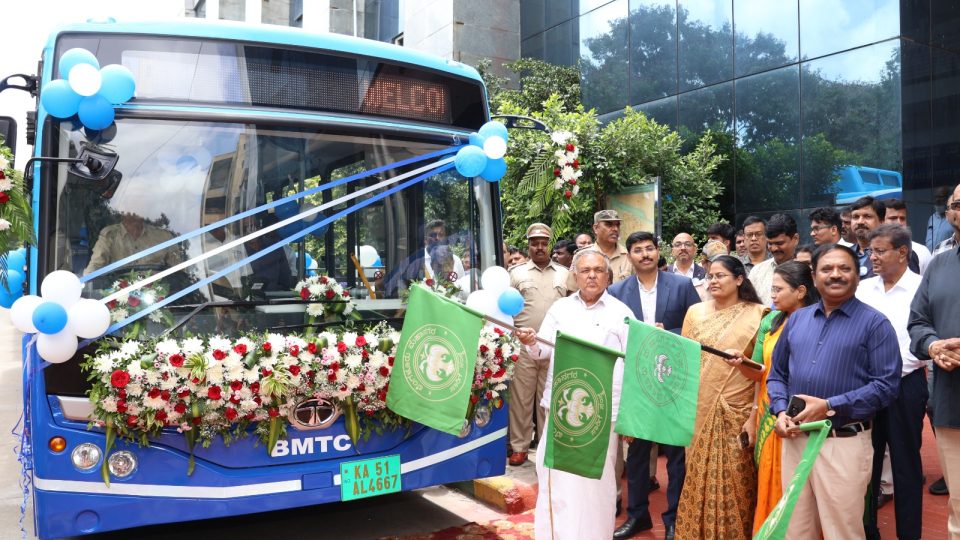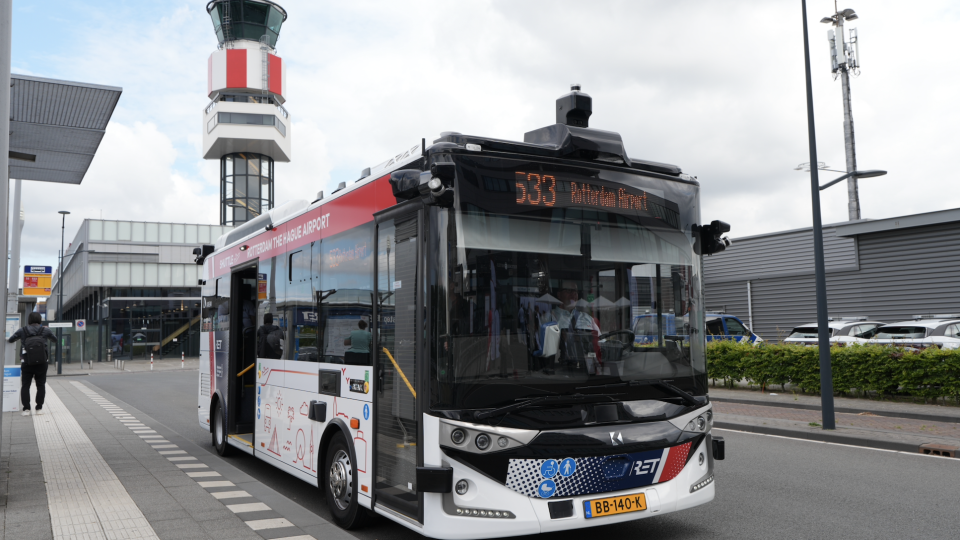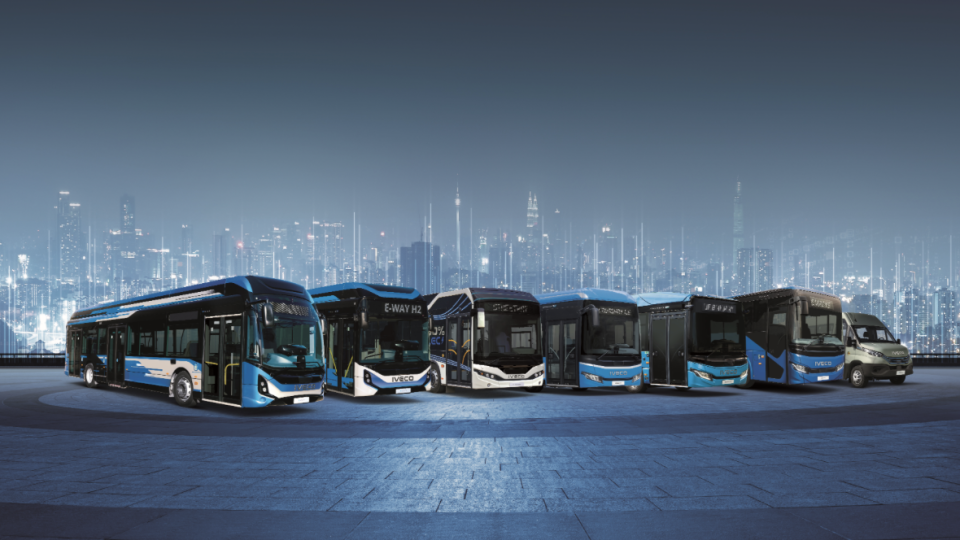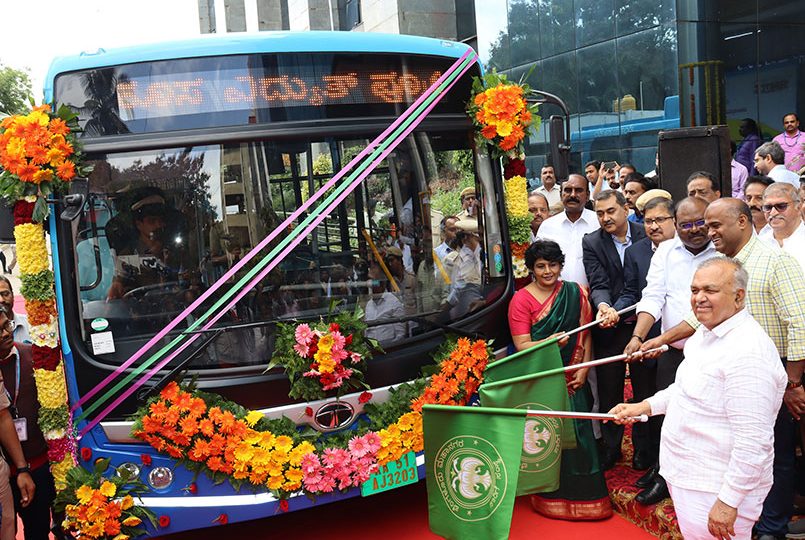VDL says the Citea New Generation achieved 550 km range over a 24-hours drive
In a self-managed test entitled ‘the MaxiMile Challenge’, VDL Bus & Coach’s new generation Citea achieved the result of more than 24 hours of continuous driving, covering a range of over 500 kilometres. VDL Bus & Coach deployed one of the new generation Citea demo vehicles for this test. The LF122, with a 490 kWh […]
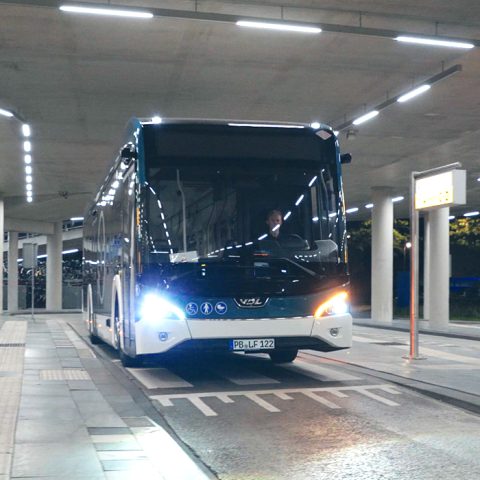
In a self-managed test entitled ‘the MaxiMile Challenge’, VDL Bus & Coach’s new generation Citea achieved the result of more than 24 hours of continuous driving, covering a range of over 500 kilometres.
VDL Bus & Coach deployed one of the new generation Citea demo vehicles for this test. The LF122, with a 490 kWh battery pack, was loaded to 16,500 kilograms to simulate a realistic number of passengers.
VDL, with only 25 electric bus registrations in H1 2023 and a 1 percent market share, faces considerable challenges. The drastic decline from 344 registrations in 2022 suggests that VDL is struggling to maintain a strong foothold in the European e-mobility market. The bus, purpose-built for electric traction, was previously presented on an online event in May 2021. The launch was announced in December 2020. A large order was scored in France.
VDL electric bus travelled 550 km on 24 hours
To further achieve a realistic result, VDL Bus & Coach states it has deployed the vehicle on several bus routes in Eindhoven and the surrounding area. The UITP SORT routes each represent a different speed regime: SORT-1 concerns the urban centre with an average speed of 12 km/h; SORT-2 concerns urban routes with an average speed of 18 km/h; SORT-3 concerns the urban periphery with an average speed of 25 km/h. Most routes of ‘the MaxiMile Challenge’ were run on a SORT-2 deployment and some routes on SORT-1 and SORT-3, to arrive at an average SORT-2 deployment.
The vehicle stopped at all bus stops along the routes. The test also specifies driver changeovers at Eindhoven Station after four consecutive hours of driving. These were the warmest days of late summer; on 10 and 11 September, it was around 30 degrees Celsius during the day, dropping to 21 degrees Celsius at night.
Here how VDL sums up the test, that started at VDL Bus & Coach at De Vest in Valkenswaard, where the new generation Citea with a fully charged battery took on the challenge at 1 pm on 10 September: “At the first driver changeover at 5pm on 10 September, the new generation Citea had covered a distance of 74 kilometres and had a battery status of 87%. At 9pm, this was 146 kilometres driven and a battery capacity of 72%. At 1am on 11 September, the distance was 222 kilometres and a residual battery charge of 57%. The next driver change was performed at 5am with 302 kilometres on the odometer and a battery charge of 44%; at 9am, the battery capacity was at 30% with 374 kilometres driven. At 1pm, the 24-hour target was met, with the last driver changeover taking place with 12% remaining battery charge and a distance of 471 kilometres. At around 3pm, the new generation Citea drove onto the premises of VDL Bus & Coach in Valkenswaard with just 3% left in the battery. By the time the test ended at 3.14pm, the vehicle had covered a distance of 546.7 kilometres over a total of 26 hours and 14 minutes. This involved a total average of 1.4 stops per kilometre and an average speed of 20.84 kilometres per hour”.
“Achieving a distance of nearly 550 kilometres, without interim charging, on tropical late summer days and with a simulated load, shows that the new generation Citea does what it promises – VDL states -. What matters most within the parameters of the test and the outcomes is the length of the ride combined with the average speed. VDL Bus & Coach made a conscious decision to aim for a realistic scenario based on its customers’ operating requirements; therefore, achieving more than 26 hours of driving time, an average speed of less than 21 kilometres per hour, the number of stops per kilometre and the 546.7 kilometres travelled as a result is a stunning achievement”.
Guido Weijers, Product Manager Public Transport, said: “The question the market always asks is what distance is feasible in reality. That is one of the reasons why we conduct this test; to build confidence prior to purchase and to show that we carry out trials and share the findings. And, of course, we want to achieve the best possible result. But there is no added value for the operator of our vehicles if we deliver a result for which the scope does not paint a realistic picture. Instead, we want to prove that in deployment, in the way our customers use the vehicle, our new generation Citea does what it promises. Hence, among other things, the weighting of the vehicle; also important, however, are the number of stops per kilometre and the most realistic speed possible. The faster a vehicle travels with as few stops as possible, the more efficient its consumption. But that is not the objective.”




